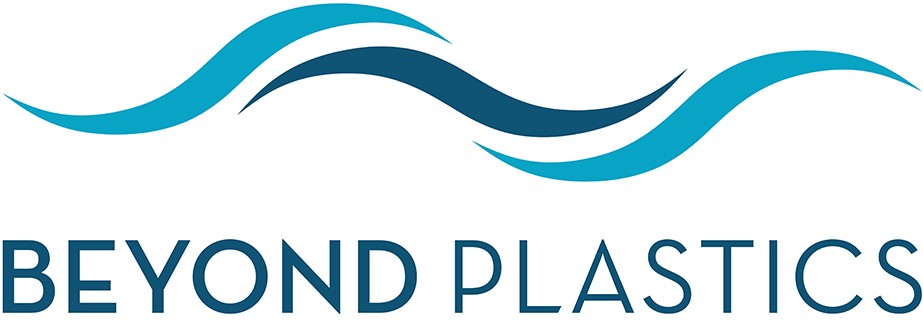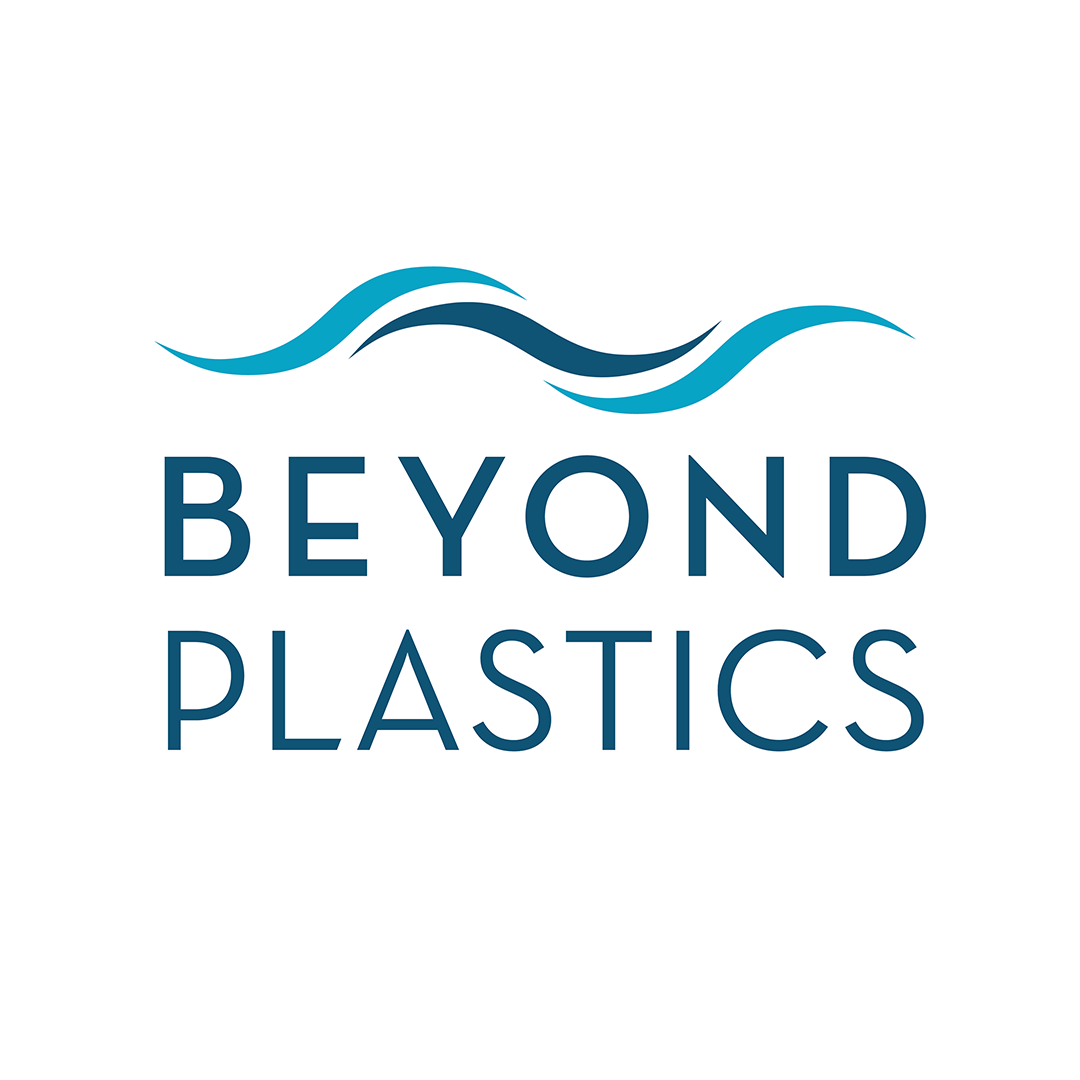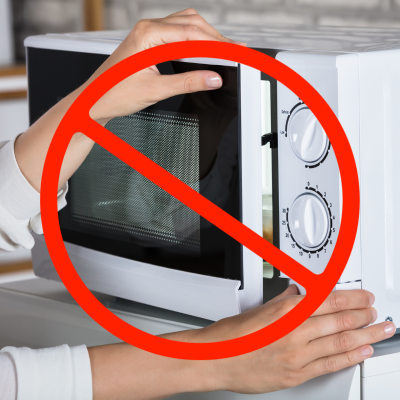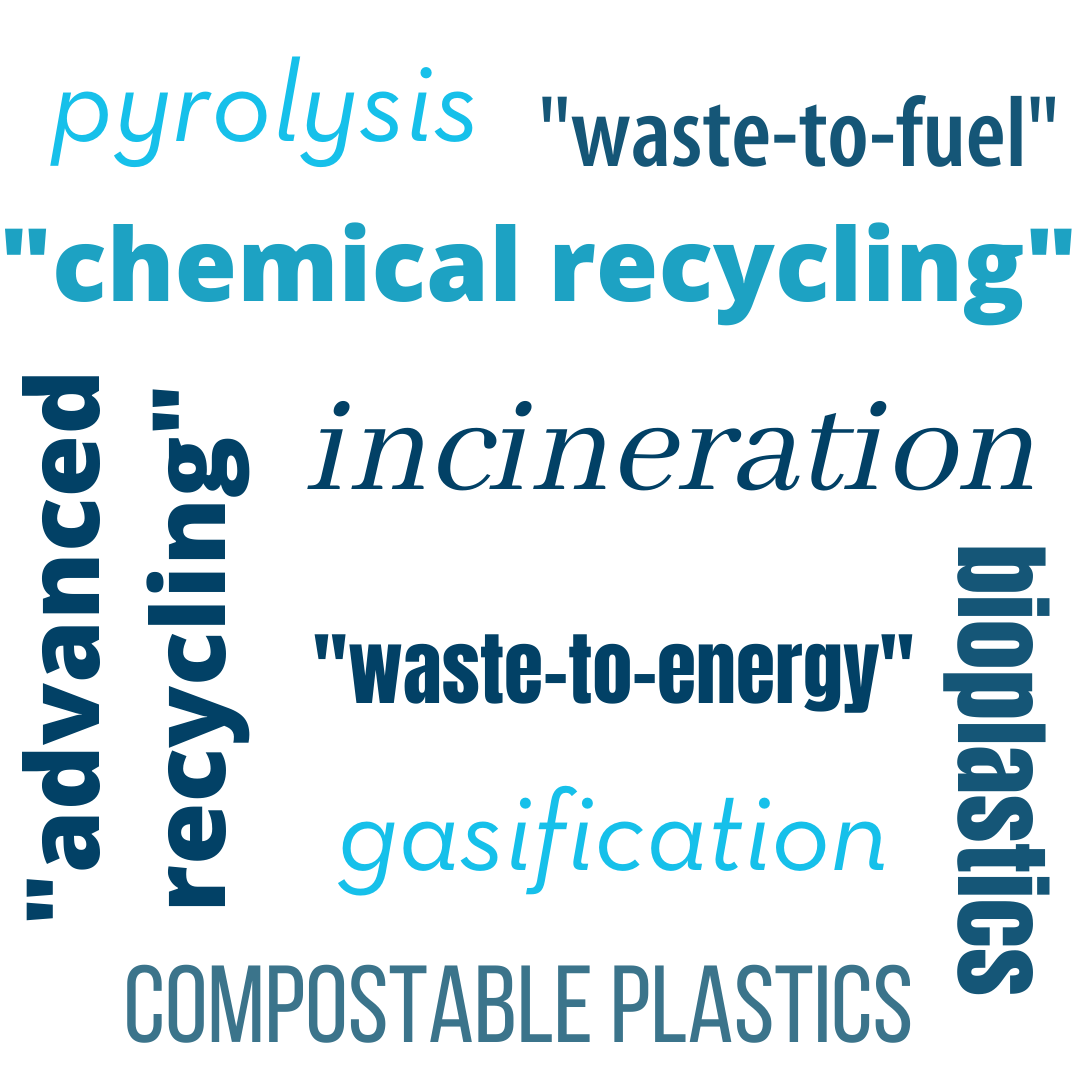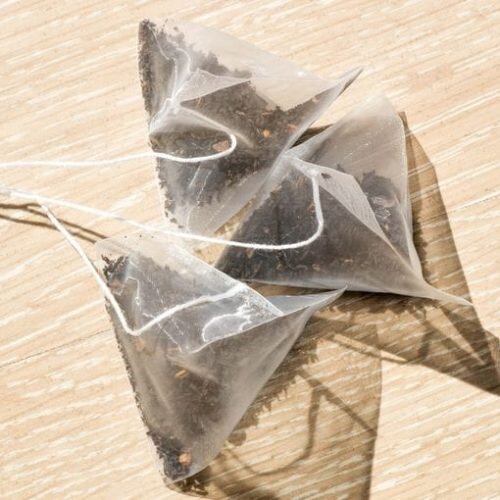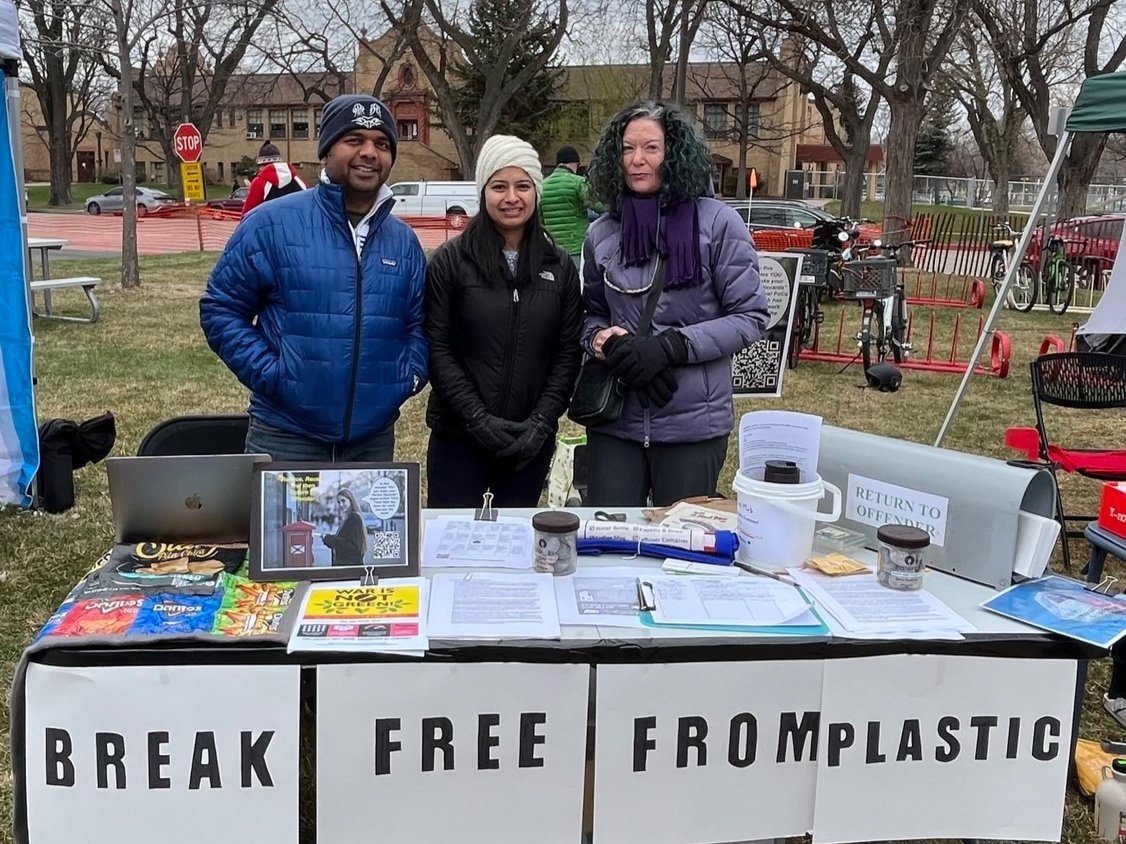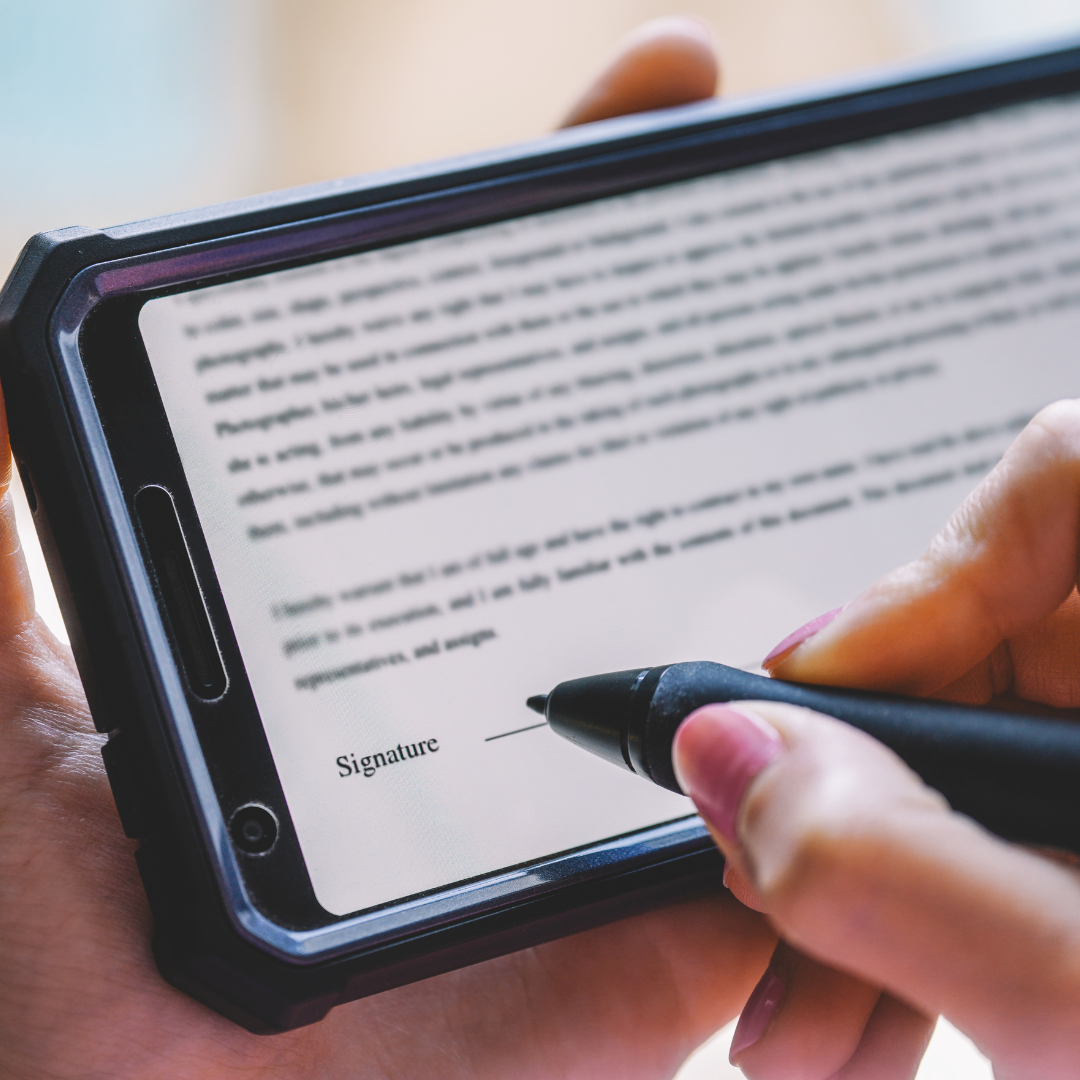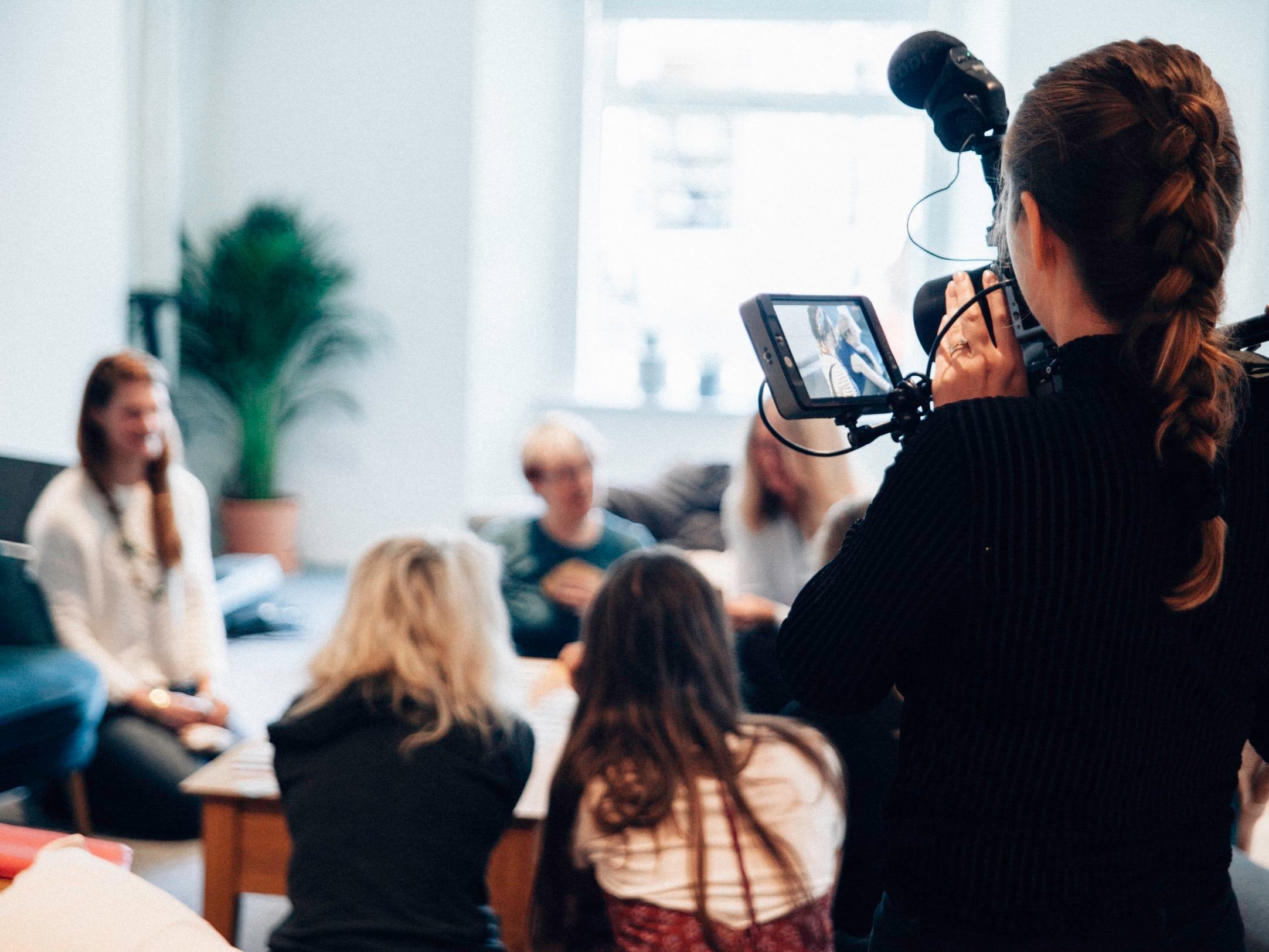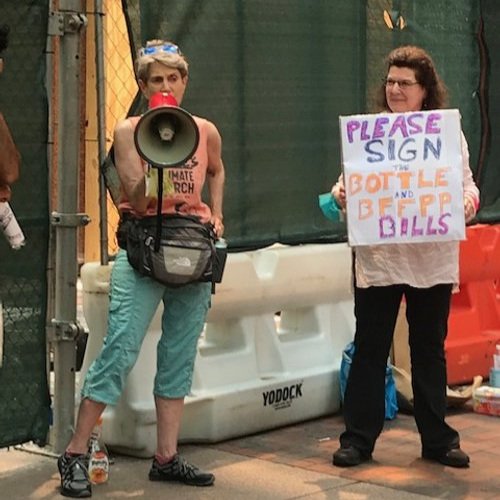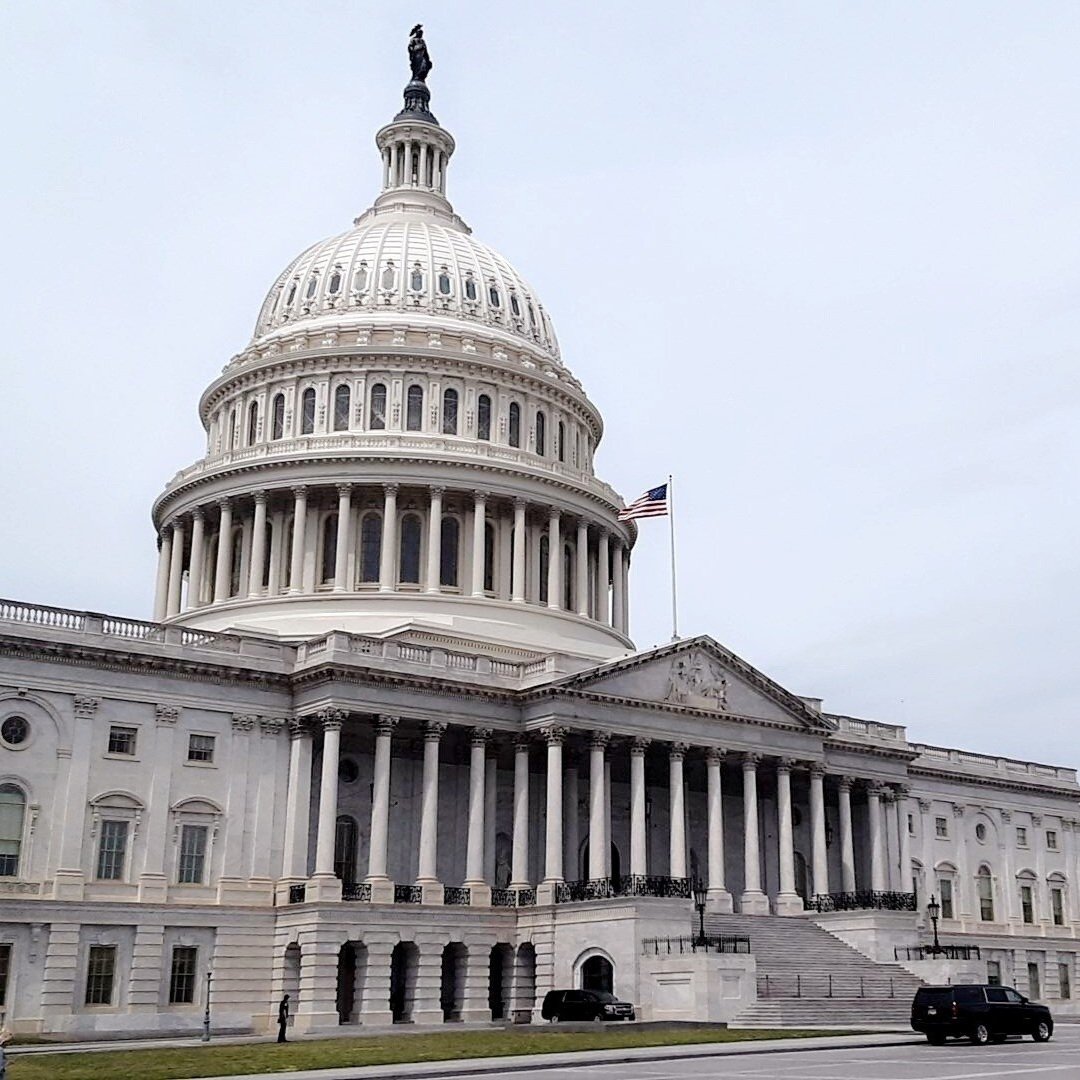FACT SHEETS
When food or beverages are microwaved in plastic containers, chemical additives from inside the plastic migrate into the food and tiny flecks of plastic known as micro- and nanoplastics are also shed into the food. Both of these can present health risks.
Synthetic turf is hazardous to human health due to chemical exposure, microplastics and the risk of skin burns as well as infections, with children being especially vulnerable.
Vinyl chloride is a carcinogenic chemical used to make polyvinyl chloride (PVC) plastic. Vinyl chloride is found in PVC pipes; vinyl siding, windows and flooring; packaging; furniture and car parts; children's toys, pet toys, shower curtains, credit cards, gift cards and many other consumer goods.
Companies promoting the mail-back “recycling” of their poorly designed plastic products are not considering the climate and other environmental impacts of such programs which will hasten climate change.
Bioplastics and compostable plastics sound promising but they’re filled with false promises. Find out why.
1 million single-use plastic bottles are bought around the world every minute and more than 1/2 trillion plastic bottles are sold annually but less than 1/3 of all plastic bottles will ever be recycled. Cut the waste by replacing plastic bottles with aluminum cans in vending machines.
One million single-use plastic bottles are bought around the world every minute. By 2021, more than half a trillion plastic bottles will be sold annually.
At best, less than 1/3 of all plastic bottles will be recycled. We can do so much better.
As the global plastic pollution crisis continues to grow, so does plastics industry hype promoting false solutions — techno “fixes” including waste-to-energy incineration and chemical processing of plastic waste. We need to expose and reject these false solutions.
Plastic tea bags and hot water are a BAD combination for your health. Learn more about how you can avoid this source of microplastics pollution in your daily cup of tea and urge tea companies to replace plastic tea bags with paper or good old bulk loose, leaf tea.
Black plastics are rarely recycled due to limitations in recycling facilities. But that’s not the only problem, black plastics can contain unregulated amounts of toxic chemicals including heavy metals and flame retardants.
REPORTS & STUDIES
All types of water pipes, not only lead, can release chemicals into drinking water. Plastic pipes, which are constructed from potentially dozens of different chemicals, release more contaminants into drinking water than unlined metal pipes, which are built of few materials. Communities need to understand the potential health risks associated with different water pipe materials so that they do not end up with what’s known as a “regrettable substitution,” or a situation in which a selected alternative turns out to be just as bad, if not worse, as the original option.
All types of water pipes, not only lead, can release chemicals into drinking water. Plastic pipes, which are constructed from potentially dozens of different chemicals, release more contaminants into drinking water than unlined metal pipes, which are built of few materials. Communities need to understand the potential health risks associated with different water pipe materials so that they do not end up with what’s known as a “regrettable substitution,” or a situation in which a selected alternative turns out to be just as bad, if not worse, as the original option.
Every day, PVC production exposes communities around the country to vinyl chloride and other PVC chemicals, a result of the inadequate U.S. regulatory system that allows the use of the most hazardous chemicals and plastics. This investigation uncovers the largest polluters of vinyl chloride in the U.S. and maps the communities regularly exposed to this dangerous chemical and its waste products.
The Minderoo-Monaco Commission on Plastics and Human Health has produced an extensive analysis of the plastics’ negative impacts on: i) human health and well-being focusing on vulnerable populations, ii) on the global environment focusing on ocean health, and iii) the economy. The report includes highly valuable sustainable solutions that can be implemented by governments and industries to minimize the negative consequences of global plastic contamination This is an urgent problem that must be addressed in the worldwide agenda in parallel to climate change, as they are closely interconnected.
Microplastics (MPs) are ubiquitous in the environment, in the human food chain, and have been recently detected in blood and lung tissues. To undertake a pilot analysis of MP contamination in human vein tissue samples with respect to their presence (if any), levels, and characteristics of any particles identified. This study analysed digested human saphenous vein tissue samples (n = 5) using μFTIR spectroscopy (size limitation of 5 μm) to detect and characterise any MPs present.
This report responds to a joint request from the California Senate Committee on Environmental Quality and the Assembly Committee on Natural Resources for evidence concerning human health effects of microplastics and public policies related to microplastics prevention and mitigation.
Research was conducted by the California State Policy Evidence Consortium (CalSPEC), anindependent program administered through the University of California Center Sacramento (UCCS) and composed of faculty, staff, and graduate student researchers across UC campuses who evaluate evidence to inform public policy deliberations.
For the third year, Oceana analyzed e-commerce packaging data and found that Amazon generated 709 million pounds of plastic packaging waste in 2021. This is a 18% increase of Oceana’s 2020 estimate of 599 million pounds and is enough plastic to circle the Earth more than 800 times in the form of air pillows. Oceana found, based on data from a peer-reviewed study on plastic waste pollution published in Science in 2020, that up to 26 million pounds of this plastic waste will end up in the world’s waterways and seas.

LEGISLATION
Whether at the local, city, state, federal level or international level, legislation is the most powerful tool with which we can control the production, consumption and disposal of plastics, as well as reusable and less toxic alternatives to plastics.
Beyond Plastics’ staff have a strong background in helping to draft, refine, fix and pass effective legislation to reduce the amount of harmful plastic entering our environment.
Click here to learn more about various approaches, view sample bill text, and stay up to speed on all the plastic pollution-related pieces of legislation that are currently in play in the United States.
TOOLS YOU CAN USE
All the printable materials you need to create an event table that’s both engaging and educational.
A petition is a powerful tool to demonstrate public support for a desired outcome AND a good way to build your email list.
Follow these steps to draft an effective news media advisory that will get reporters to your event, webinar, news conference, etc.
Follow these steps to draft an effective news release that will result in coverage of your announcement.
An organizational sign-on letter can be used to demonstrate broad support for, or opposition to, an issue, idea, or action. Learn how to make yours effective.
A call-in day is an effective “outside game” strategy to catch the attention of a decision-maker and demonstrate that your issue has broad support. Follow these steps to ensure that your call-in day is a success.
Hosting a panel discussion is a powerful way to raise awareness about plastic pollution and move people to action to address this global crisis. Whether you’re hosting online or in-person, follow these steps to ensure your panel is a success.
Host a rally to raise awareness, put pressure on decision-makers, and get some media coverage for the cause.
10 expert tips on writing a letter to the editor that will not only be published but also catch the attention of the decision-maker or target you’re hoping to reach.
The single most effective way to influence your elected officials is to meet with them! Find out how to schedule an effective constituent meeting whether it’s via Zoom or in person.
You may not be able to meet in person but that does NOT mean you can’t meet! Use this step-by-step guide to host an effective virtual town hall meeting.
Events tend to generate large amounts of single-use plastic trash BUT THEY DON’T HAVE TO! With planning and a little extra effort, you can keep your event’s waste to a minimum.
